Milas
The city, which had 13 neighborhoods, 114 villages and 5 towns until 2014, has become a distinct position with the new metropolitan law, with all settlements within the district borders being neighborhoods, with a total number of 132 neighborhoods within the district borders. In 2012, it had a total population of 128,006, including 55,348 district centers and 72,658 rural areas. In 2014, with all towns and villages becoming neighborhoods, the district population became 129,128. There are many settlements in the district with a deep and deep-rooted history, especially the district center, which was the capital of the Carian Civilization and the Menteşe Principality, and Beçin, which is located next to it and served as the fortified castle of Milas in many periods of history. It is a place that has many interesting touristic features with its orderly city center, ancient ruins, historical artifacts and houses, lively bazaar, world-famous Milas carpets, but is sometimes overlooked by passengers going to Bodrum. The backbone of the settlement of today's Milas is the Yoruk-Turkmen people. Currently, the mayor of the district is Muhammet Tokat from CHP. Since the district is on the Bodrum route, it is developing rapidly and receiving immigration. -asa, which is a typical suffix of settlements in Anatolian languages, shows itself in the historical name of Milas, Mylasa, indicating that the city was founded at a very early date. Some linguistic researchers point out that the first syllable of the name Milas, Mil-, also appears in Trmili, the name used by the Lycians for themselves, and suggest that this people may have been founded during the period of their migration south from the Miletus (Millawanda) region to the Teke Peninsula, which would later be known as Lycia. Claims that the name may have originated from Mylasa, who is claimed to be a descendant of Sisyphus and Aeolus, are unfounded.




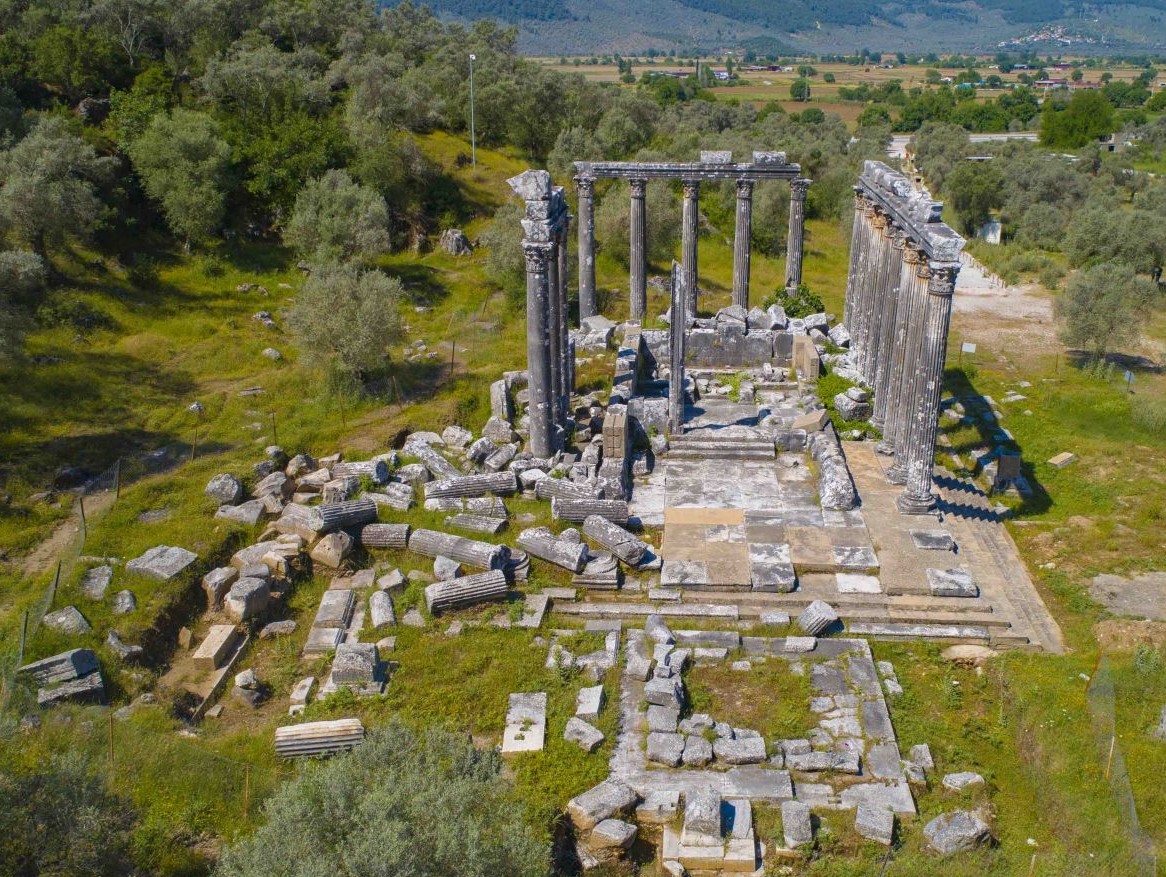
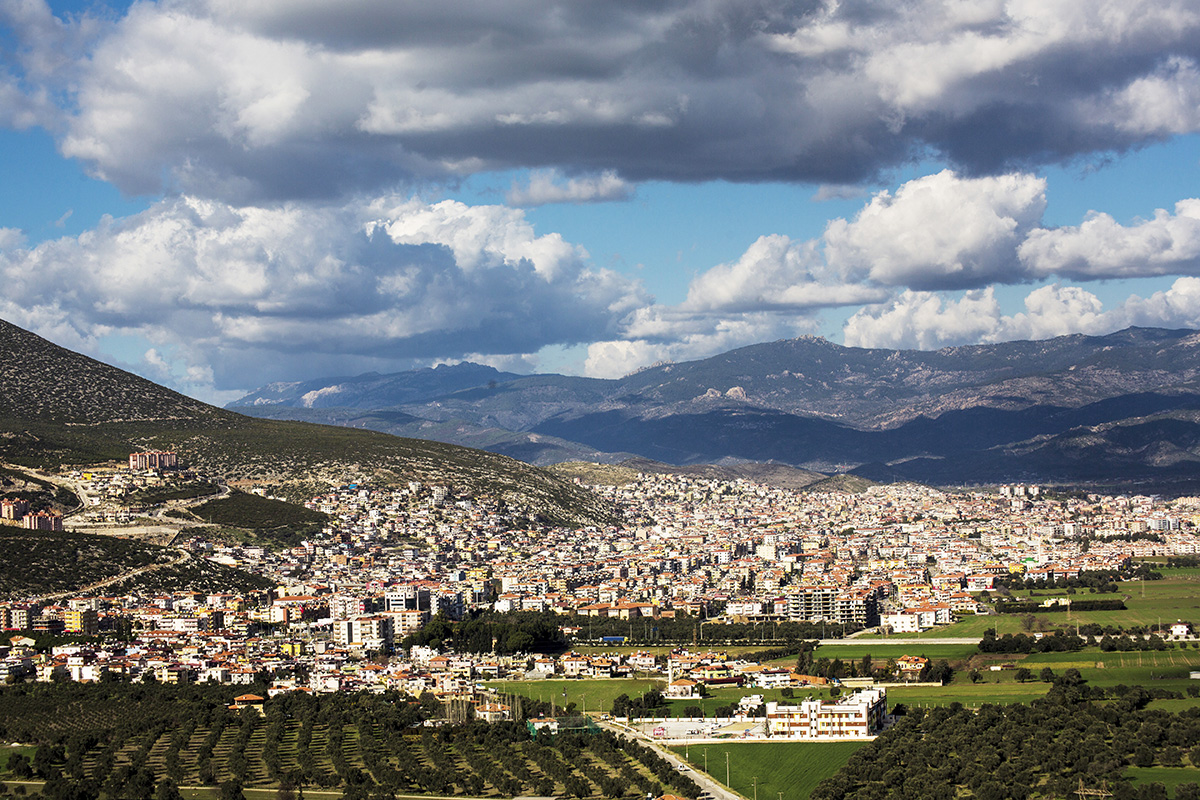
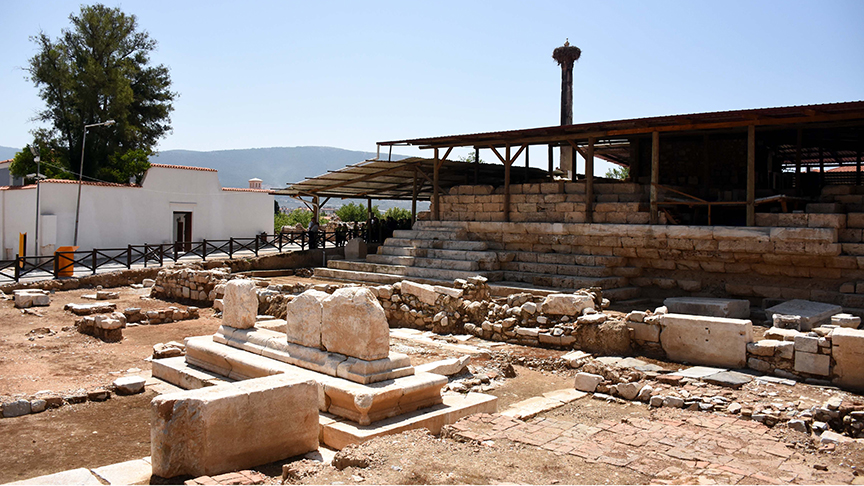
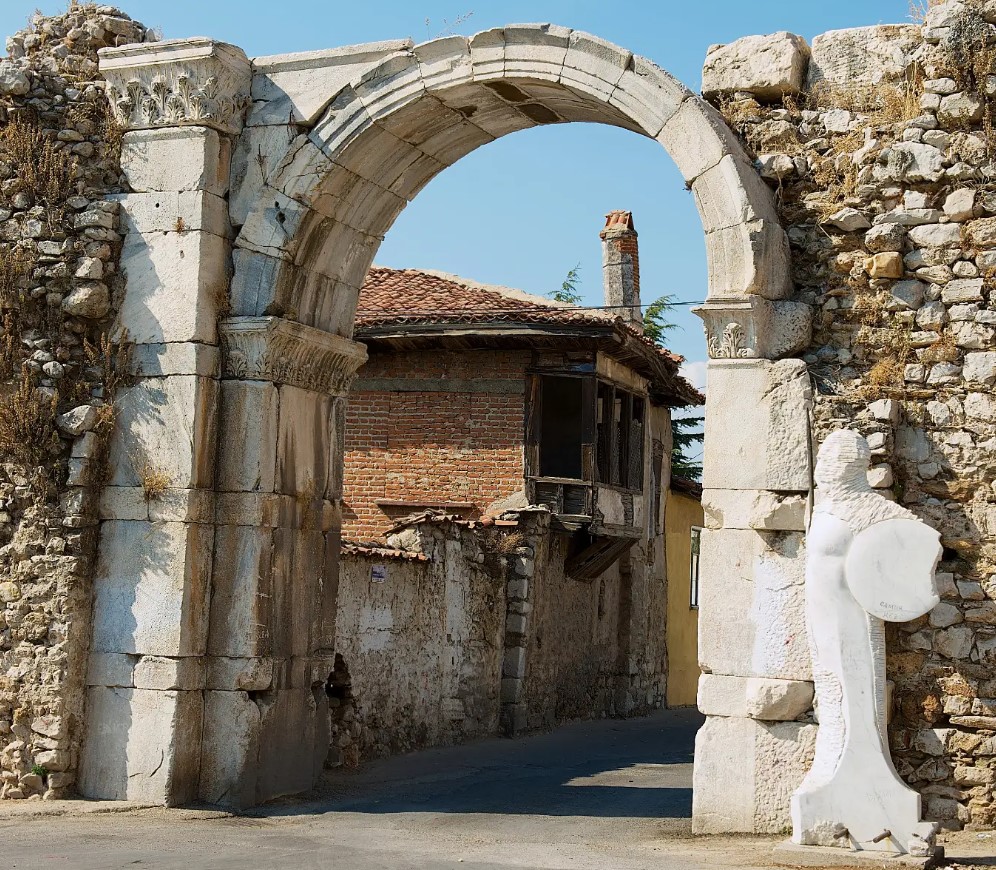
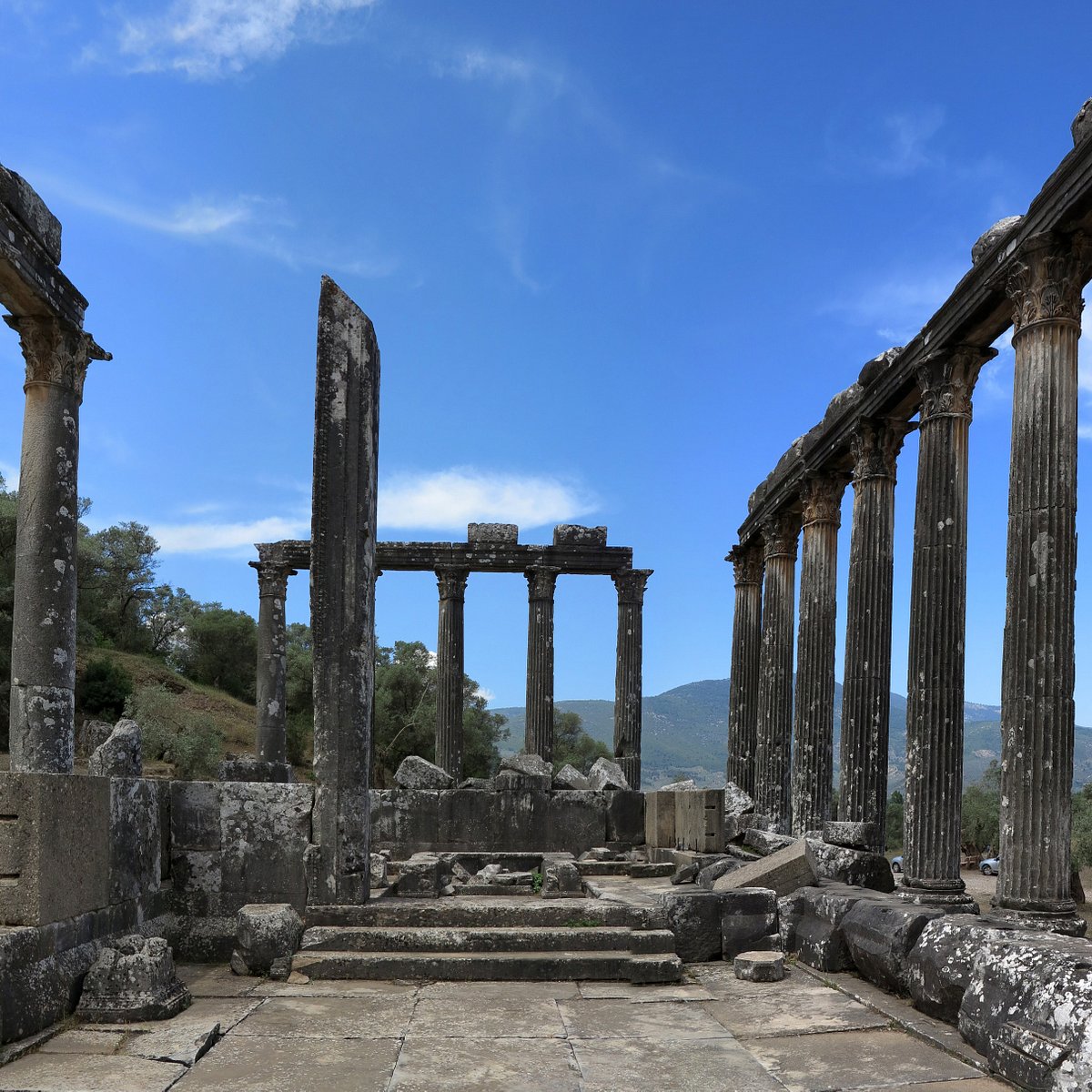
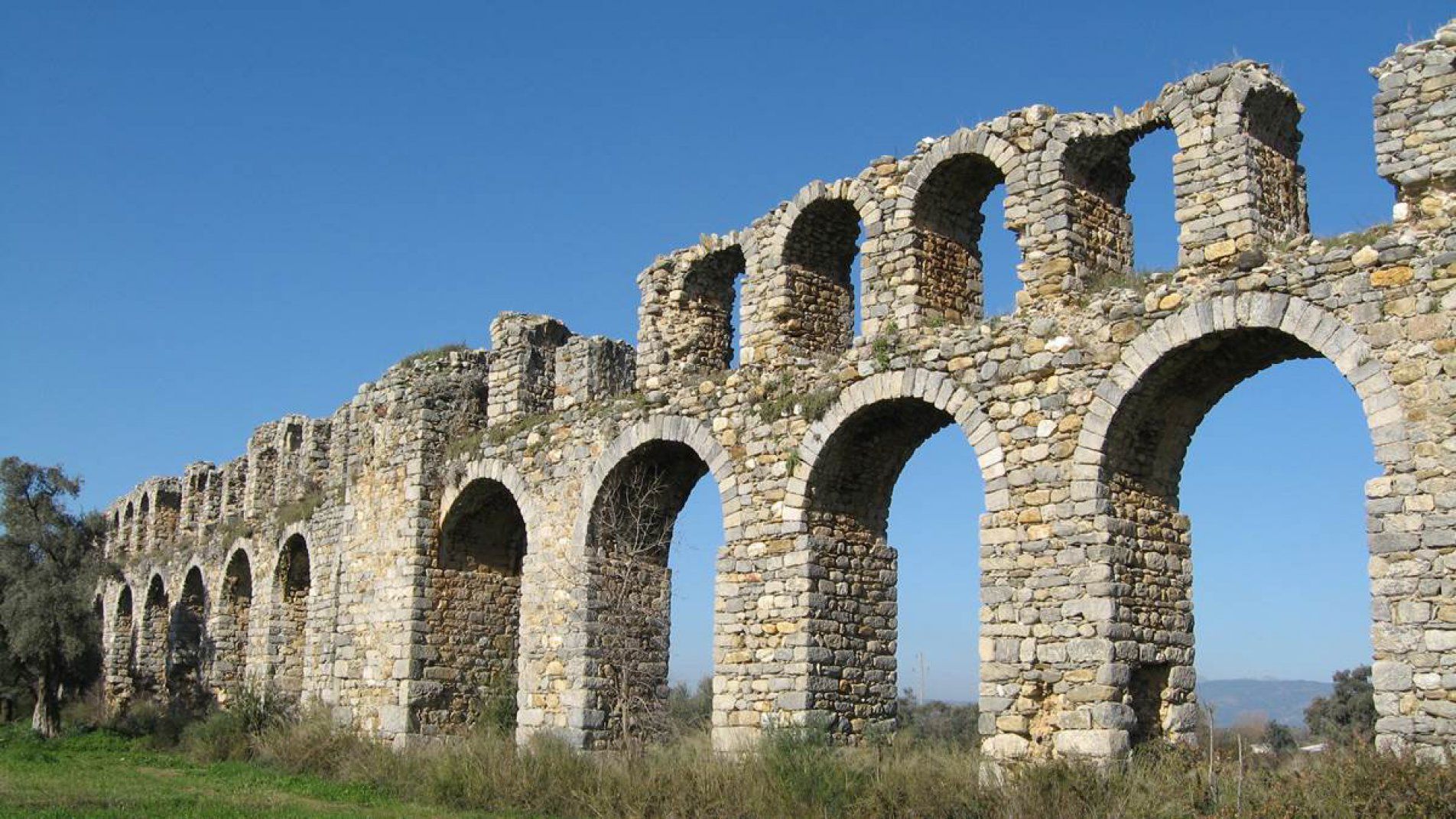
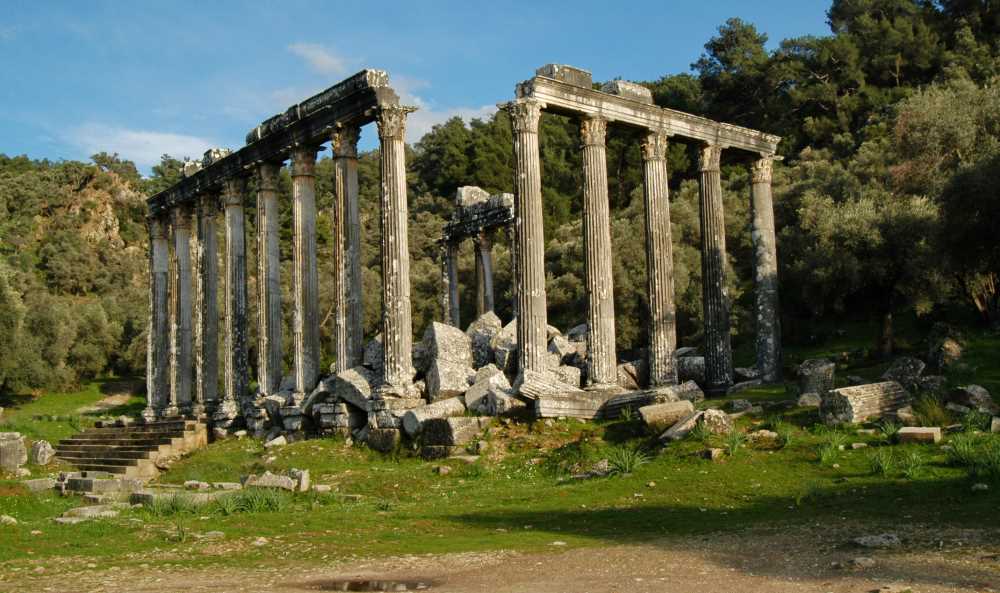
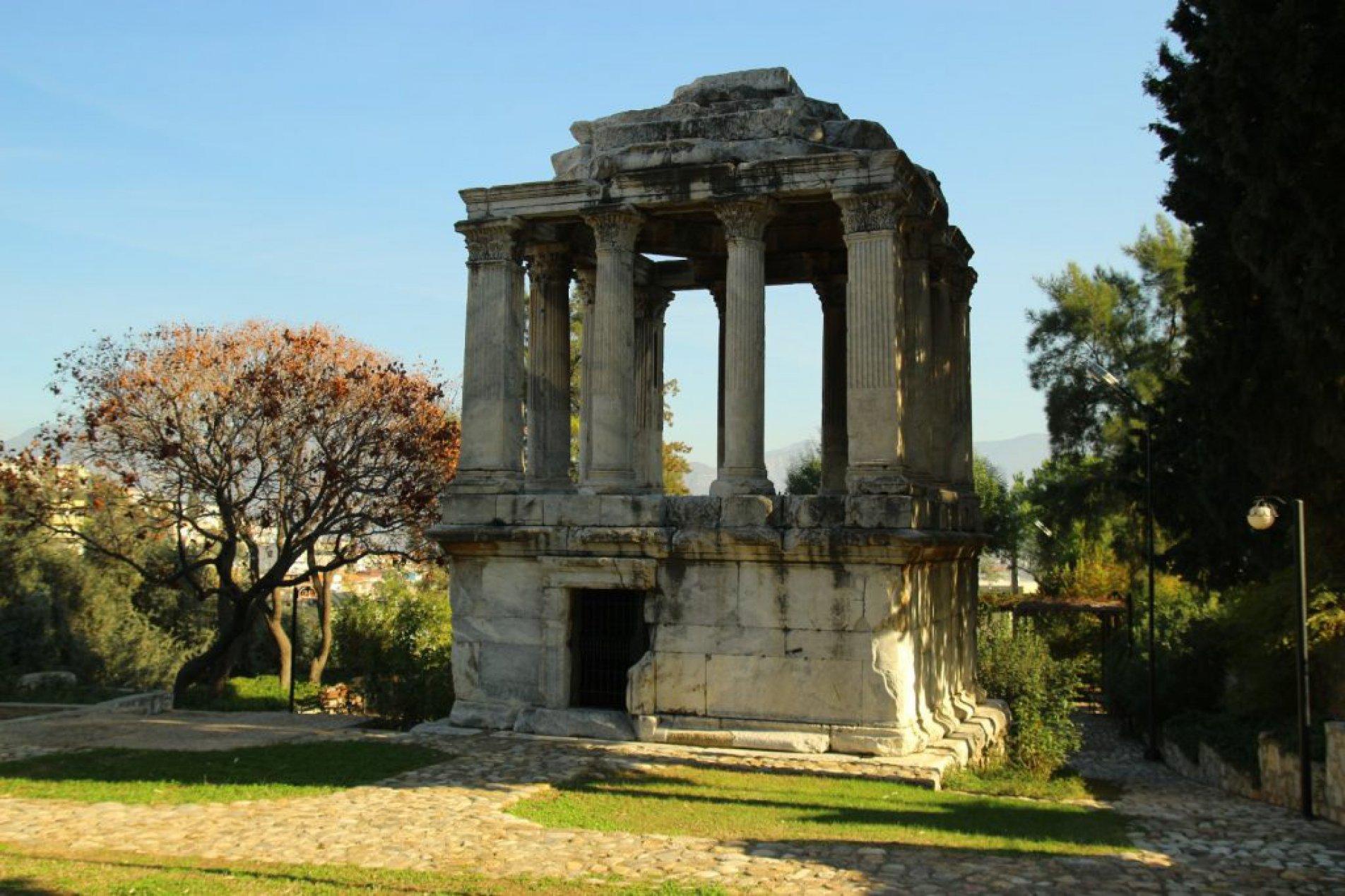
Leave Your Comments